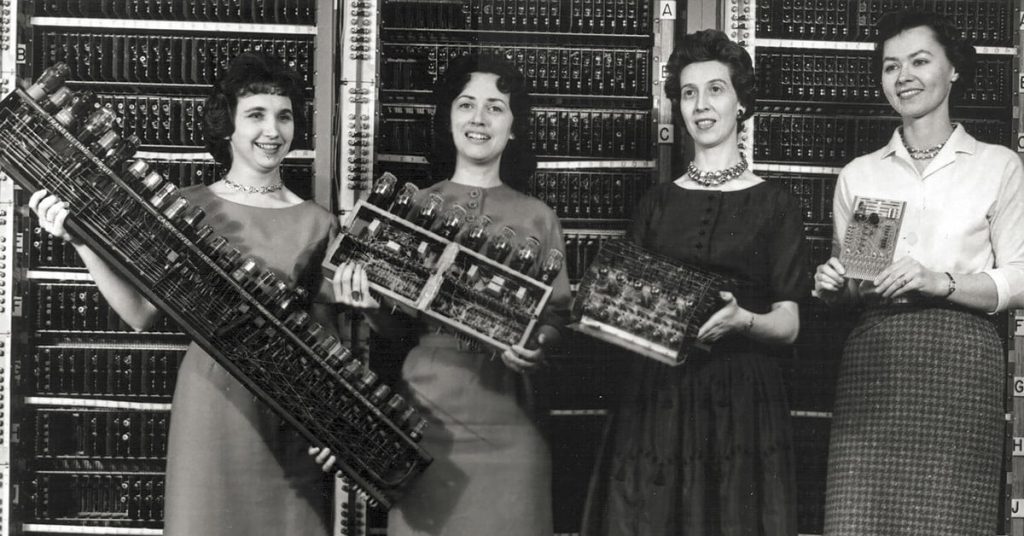
Author: Future Manager Research Center
There is a gender imbalance in the IT industry and it is a proven fact. Calculations vary, but the latest research from the NCWIT suggests that women account for just 26% of the computing workforce, with women of colour accounting for just one-in-10 IT professionals. In cybersecurity, where 90% of the workforce are men, the situation is looking even bleaker.
Yet, historically, women have been very pioneers in this field: the Electronic Numerical Integrator And Computer, or ENIAC, was the world’s first electronic digital computer, a landmark accomplishment on our journey towards the technological era we’re living in at present. Financed by the United States Army, it would prove to be an invaluable tool in calculating artillery firing tables and early research into the hydrogen bomb. The job of programming the first computer fell on a team of six young women (Fran Bilas, Betty Jennings, Ruth Lichterman, Kay McNulty, Betty Snyder, and Marlyn Wescoff). Their contribution to its success was largely glossed over in the years that followed, but all of that has changed. The truth about how the first computer was programmed is a story of that needs to continue to be retold.
Following this event, until 1960, in the UK computer “coding stations” were occupied almost exclusively by women. We know that MIT, the famous university specializing in the fields of science and technology, very early had a policy of openness to diversity since between 1965 and 1985, the percentage of women in its school went from 5% to almost 30%. Unfortunately, however, despite the evolution of our society, these statistics have not continued to grow over time.
What we observe from more recent statistics is that women are not entering tech jobs at the same rate as men and one reason can be traced back to male-dominated workplaces. A 2017 survey in the Pew Research Center report found that 50% of women said they had experienced gender discrimination at work, while only 19% of men said the same.
Interestingly, when women gain a prominent place in this industry, they are able to leverage their differences to mark their added value for employers, colleagues and employees. Other auspicious data concern the quantity of jobs that can be employed in this sector, which are truly numerous. Therefore, more women of our generation will be interested in the field of IT and more prominent positions will open for them within companies.
This evolution towards equality must be accompanied by a change of mentality in guidance councils in schools. Engineering schools, universities and companies are now working all over the world, and are doing everything they can to attract more and more women to their ranks, so we hope to see changes soon.
